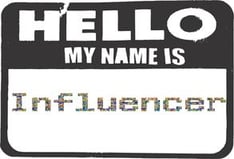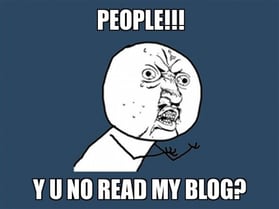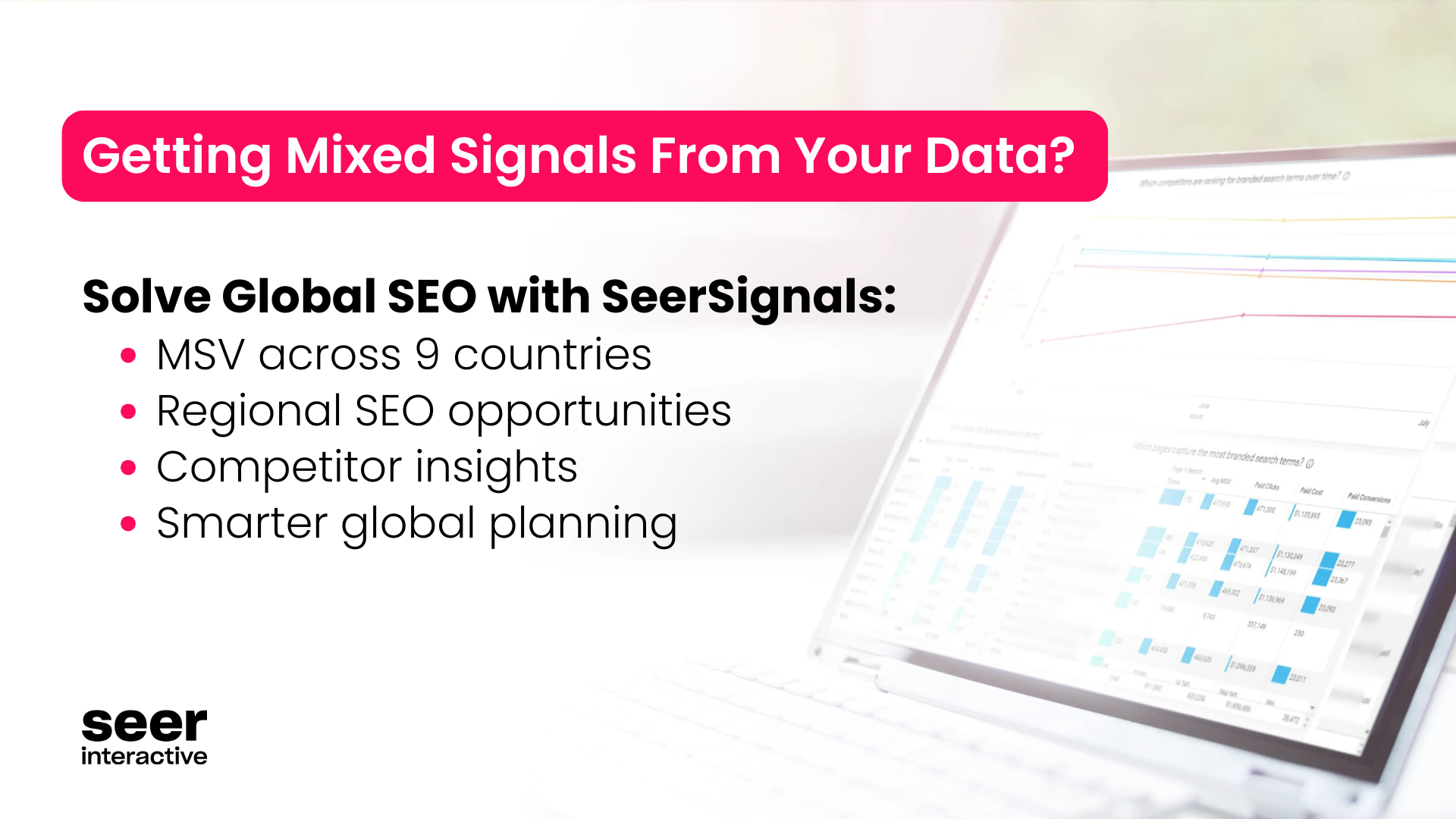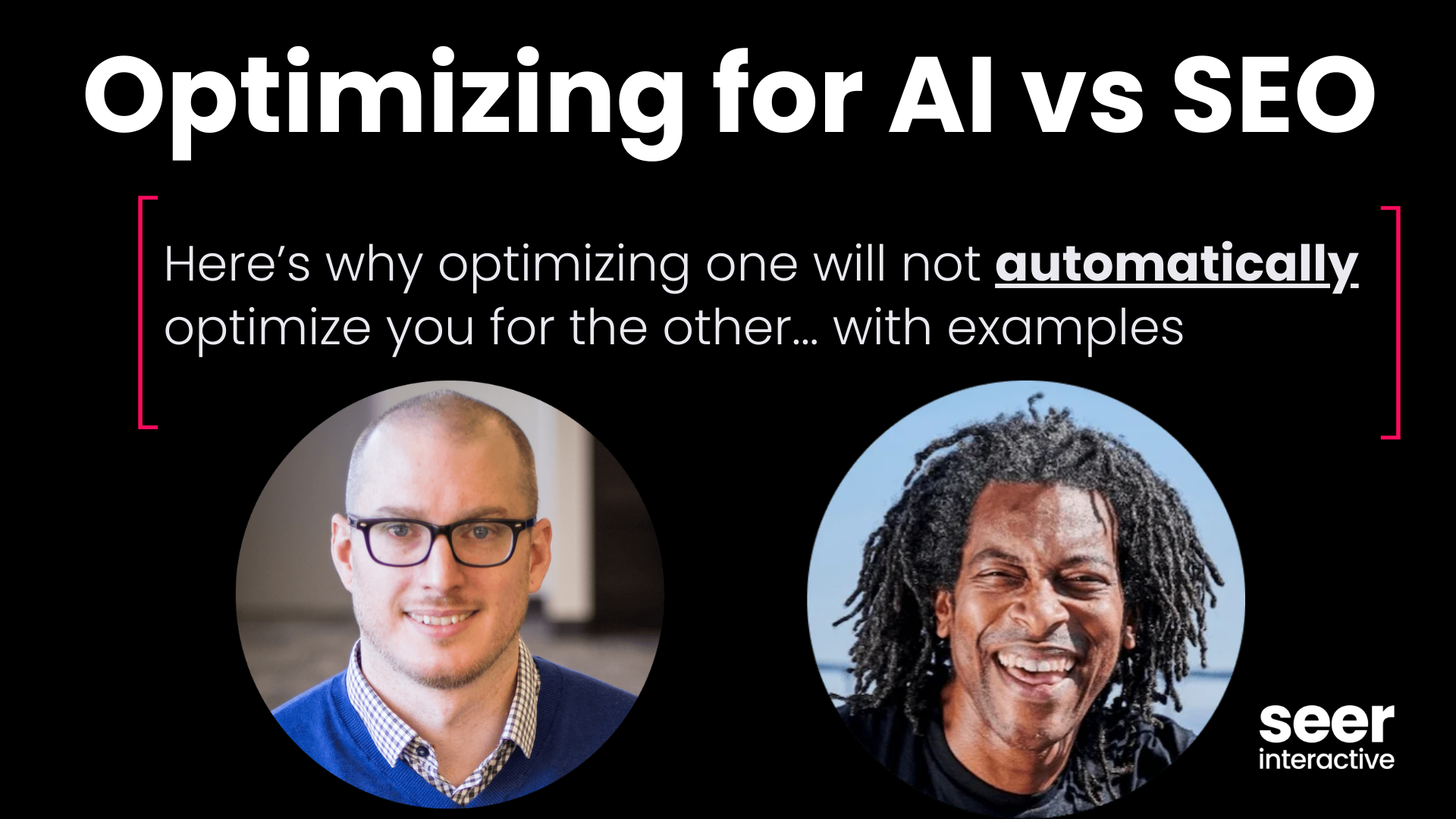A while back I did an article on link prospecting. This is meant to be a followup to that piece with the same theme of speeding up your linkbuilding process.
There has been a lot of talk in the SEO community recently about developing relationships with bloggers and webmasters. Taking the extra time to understand what an influencer needs and providing them with value in exchange trying to get a link somewhere along the line.
I agree with this strategy and I think it’s both a good way to network and necessary in today’s SEO world.
However, I believe that the SEO community has a tendency to fully jump on board the newest or most highly touted strategies while quickly abandoning others that still work. In today’s post I want to go over how I identify influencers vs. lower level targets and scale my outreach accordingly. While I will discuss influencers, the focus of this post will be on my strategy for the low and mid level bloggers.
The foundation of my approach is rooted in Pareto’s law.
Pareto’s Law
The basics of Pareto’s law is that 80% of an output will come from 20% of the input. This can be applied to a surprising amount of scenarios in life. Some examples that have been evaluated over the years:
20% of citizens control 80% of the wealth 20% of customers are responsible for 80% of service complaints. 20% of actors get 80% of the starring roles in movies.
In reality a lot of these proportions are even more skewed (10% to 90% or 5% to 95%) but rarely do they go in the other direction (30% to 70%).
Read more about Pareto’s law on Wikipedia or QFinance
For outreach let’s apply Pareto’s law to two major tenants.
1.) 20% of your outreach will yield 80% of your results. It's important to understand that a portion of these results will be out of you control for a number of reasons. For instance, you may have the wrong email, your message will go into a spam folder or it will get skipped over and never opened. The part in your control is how well you connect with the prospect and how good your offer is.
2.) 20% of your outreach targets should be high level influencers worth spending extra time pursuing while 80% are low or mid level. For the 80%, our objective is to reach out to them as quickly as possible while still maintaining our effectiveness. In other words, our goal is to maintain 80% of the response rate we would achieve if we treated them as an influencer while spending significantly less time doing so.
Point 1 is more a fact of nature so let’s set our focus on breaking down point 2.
Why Treat Them Differently?
Let’s do a quick breakdown of the differences between an influencer and a mid level blogger.
The Influencer
Image Credit to ECairn.com
- Works for an outlet in the niche you are targeting that is top tier and is fully aware of the benefits that outlet can provide.
- Gets pitched constantly to the point they are wary of being approached.
- Has an extremely busy schedule and limited time and share of mind for new ideas.
- Already has an established network of contacts and resources.
The Mid Level Blogger:
Let’s call the mid level blogger Chad who runs Chad’s movie blog. Chad loves movies and found out two years ago that some of the film bloggers whose sites he was reading get to go to movie premieres, interview famous actors and spend days on set. Chad know his stuff about movies and wants to be in that position so he starts a blog. Not knowing much about media or promotion before getting into this, it’s been a slow go so far.
- Chad is starting to get traffic and interest in his site but it’s still not yielding much compared to the time he puts into it.
- Chad may get the occasional offer for a free DVD or an early screening in his city but no one in the industry has really taken notice and he definitely hasn’t done a 1 on 1 interview with Mila Kunis yet like he had hoped.
- Chad is still looking for validation and opportunity. He’s looking for reasons to convince himself to keep his site going.
Conversely, you may run into Chad’s opposite who is completely unwilling to play ball. For our example let’s call him “Le Chad”. “Le Chad” is an artist unable to be corrupted. His reviews of foreign art house films are a pure representation of his soul and he will avoid being unsullied by your commercial advances at all costs.
Completely Accurate Visual Representation of "Le Chad"
Image Courtesy of Leapfrog Properties Stereotype Generator
Or “Le Chad” could have:
- Abandoned his site a few months ago without an announcement.
- Changed his e-mail address without updating his contact page.
- Been open to the idea of partnering with you but works on his site so sparingly that he doesn't respond to e-mails for weeks at a time.
- Passed over your e-mail, deleted it without reading it or it ended up in his spam folder.
These things happen in outreach all the time. When you consider everything that could stop your prospect from getting back to you out of the gate and combine it with an average response rate and the relative value of a link from the target site then hopefully you're starting to see the point.
Spending too much time trying to build a relationship with the mid level blogger from the start is not worth it’s ROI to you or your client.
That’s not to say that if they are a great person to work with you don’t continue to develop the relationship afterwards. We’re strictly talking about our initial contact here.
Tactics for approaching the mid level blogger
Our main goal here is speed. The world is full of Chad’s and we have to be comfortable with the fact that we’re not going to get a response or a link every single time.
1.) Throw out your old templated e-mail
If you’re using your classic SEO outreach template where you’re changing out seven to eight blocks of text with info about the blog/owner then you’re wasting time.
We’re going to keep it straight to the point and get to our value offer while leaving room to negotiate a different deal. I want you to be able to send these e-mails quickly and if you’re tabbing through filling out “info” to pretend you know a lot about the blogger then you’re not going to reach the level of scale you need to maximize your results.
Two more points on this approach
- Most bloggers or anyone who’s worked online for awhile can spot a phony pitch. That does not mean they won’t still work with you but the majority aren't gullible enough to believe you "love their blog" and that's why you want to contribute.
- Always keep scale in mind. If in the time it’s taking you to send 100 e-mails today i’m sending 180 (pareto’s law again) then who's going to get a better response rate? Even if you get 20% more responses, then if you have a 24% response rate (24 responses) and I have a 20% response rate (36 responses) then i'm still coming out way ahead with 12 more responses on the day. This is a critical concept that I hope more people take the time to consider.
2.) Maximize the Subject Line
- Use the prospects name, sitename or both in your subject line. Seeing your own name can be a pattern interrupt and can also validate that this is a personalized e-mail and not spam.
- Always phrase your subject line as open ended or as a question.
- Try to pique curiosity by being slightly vague.
- When possible, keep it casual and talk to the prospect as you would your own friends.
Examples:
Subj: Chad, would Chad’s Movie Blog Readers Dig This? Subj: Melissa, Would Frugal Coupon Readers Value This?
Subj: Chad, Rad for [event name] Right? Subj: Stephanie, Killer Fashion News...
The highest response rate i've ever had in cold outreach (sites and people i've never worked with or had a referral to) was the 3rd subject line. While these specific subject lines may not be appropriate for your niche or industry I believe the principle still stands. Gain trust and pique curiosity all within the subject line and save yourself time in the actual e-mail. Which leads us to tactic #3
3.) Construct a straight to the point canned response e-mail.
Another reason we use the prospects name or the site name in the subject line is to avoid having to use it in the body of the e-mail. We have already established that we know who they are and what their site is so we don’t need to repeat ourselves.
This is the big time saver if you’re e-mailing manually (not as important if you’re using mail merge). It takes a good chunk of time for every email you have to replace your “custom fields”.
For the contest I previously referenced, I would split the bloggers up by theme and slightly alter my canned response message for each. Movie bloggers would get a different message than nerd culture bloggers who would get a different message than comic book bloggers.
This strategy of outreach e-mail is absolutely something you should test and customize to the fields you work in. The core principal though is that people are busy and are more likely to respond when they can comprehend what you're offering in 30 seconds.
Here's an example:
Subj: Chad, Rad for Event Name Right?
"In honor of (event name) i'm working with (brand) to giveaway X and Y. Would your readers be into that? We noticed (event name) is a big topic of conversation on your blog and wanted to see if you'd pass (contest name) along on your site in anyway you see fit. We could also take it to the next level and work out a partnership agreement (details are x, y and z).
If you don't think (contest name) is a good fit then we'd love to work with you in some other way. Let us know how we could contribute and what would most benefit you and your readers.
Thanks,
- Contact Info"
Covering The Bases:
- When I'm asking them to pass along the content in anyway they see fit i'm presenting this as something they can immediately post or tweet about in someway without any strings attached. That way, I can end up getting links without them ever notifying me or having to respond to discuss further.
- If they are unwilling to simply post about it then i'm providing a way to escalate our involvement (providing content, giving away something exclusive to their site).
- If they don't like the contest (or whatever you're doing outreach for) then i'm leaving the door open for them to tell me what THEY WANT and what would help their site and their readers.
I'm not saying this is the greatest outreach template in the world but it covers all your bases in an e-mail that will take the prospect less than a minute to read. I just want to clarify again that this is never the way I would approach any major media outlet. This is strictly for sites we're trying to hit in volume and get a conversation started. Once you have them interested then you can increase the length of your responses and the details you provide.
How do I determine who's an influencer and who's a mid level blogger?
At this point we've covered characteristics that separate influencers and mid level bloggers and we've gone deep into how to construct outreach to the mid level bloggers. The final point I want to cover is how you actually go about dividing your prospects up
I Choose the 20% of sites on my prospect list with the highest domain authority as influencers. Boom, it’s that simple!
Is it 100% accurate? No, it’s not. You could have a site slip past you that has three times as many twitter followers than the average and an active Facebook page with engaged users. They could have been a great target even though their DA is lower. Again though, the point is that it’s highly likely that at least 80% of your influencers will have sites in the top 20% of DA.
If I spend any time visiting the remaining 80% of sites (which I try not to do whenever possible) then I will look for signs that could make them a potential influencer. Conversely, if I am looking through a site with a high DA I will also look to disqualify them as an influencer all by asking the following questions:
- Do they have an above average social following compared to other sites in their niche?
- Do they have an active comments section?
- Do they have heavy advertising spread throughout the site or an easily identifiable section for advertisers?
- Is it likely that they get pitched for something daily and if so is it more than 5 or 10 times per day?
- Has the site owner previously written or worked for any high level publications?
In doing my evaluations, I won’t hesitate to add or cut someone from the influencers list. Again, don’t spend any time agonizing over this. Go with your gut and you should be right about what % of the time?
If you said 80% then you're catching on quite nicely!
Final Points and Summary
The real point of this post was to get you thinking about how you allocate your time in relation to the links you are building. Nothing in SEO is one size fits all so even if my specific examples don't apply to you then hopefully you will take a look at the relative time spent compared to the value of links you are acquiring. Fix holes yourself, test and don't take any SEO strategy or advice as dogma.
P.S I know I didn't cover how I do outreach to influencers. This post is already long but if you want to hear my take then let me know in the comments. Until then, check out SEER CEO Wil Reynolds awesome slideshare presentation on stalking influencers.




